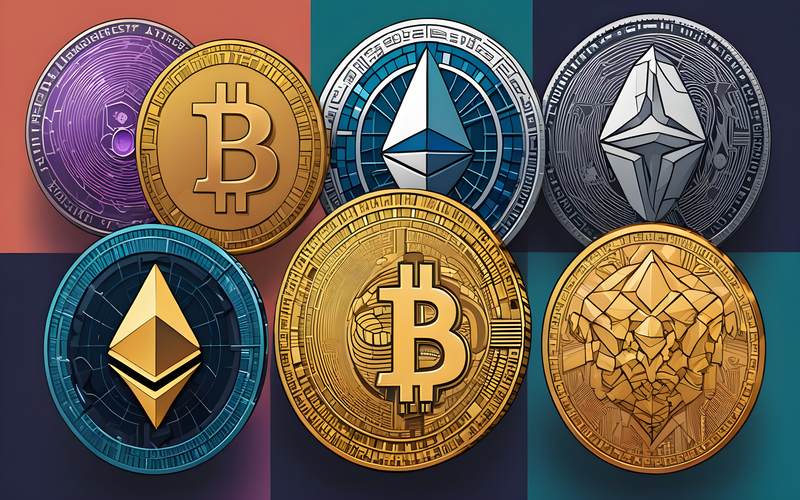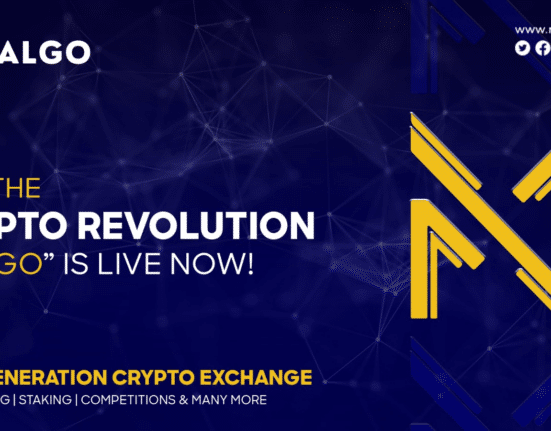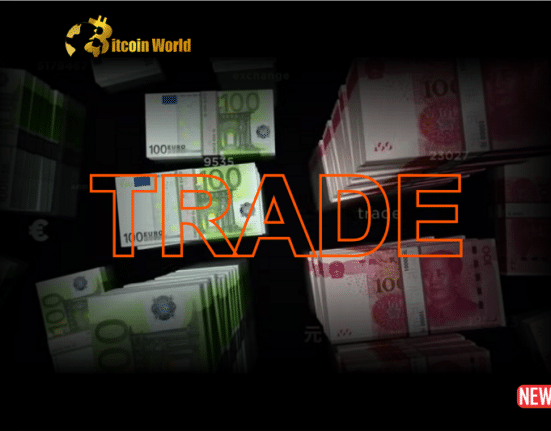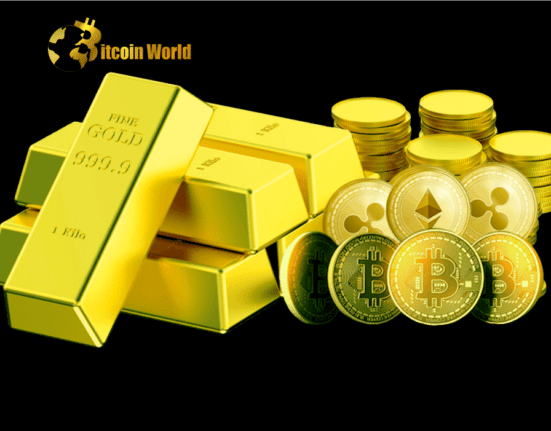The burgeoning cryptocurrency landscape presents a vast array of investment options, each with distinct functionalities and risk profiles. Among these diverse digital assets, two prominent categories emerge altcoins and stablecoins. While both reside within the crypto ecosystem, their investment trajectories diverge sharply, offering distinct advantages and potential drawbacks for astute investors.
ALTCOINS: EMBRACING INNOVATION AND HIGH-GROWTH POTENTIAL
Altcoins, short for “alternative coins,” operate on diverse blockchain networks beyond Bitcoin’s established domain. Unlike their pioneering counterpart, they venture beyond a simple consensus mechanism, offering a spectrum of innovative functionalities and features. Popular platforms like Coinbase and Binance host a myriad of these versatile assets, with prominent examples including Ethereum (ETH), Ripple (XRP), Solana (SOL), Litecoin (LTC), and Polygon (MATIC).
THE POWER OF SMART CONTRACTS
What sets altcoins apart is their utilization of smart contracts, self-executing agreements coded onto the blockchain. These contracts empower developers to create decentralized applications (dApps) that unlock a universe of possibilities beyond traditional cryptocurrency trading. From facilitating borrowing and lending to enabling complex financial instruments through decentralized finance (DeFi) protocols, dApps fueled by altcoins push the boundaries of what’s possible within the financial landscape.
However, venturing into the realm of altcoins is not without its own set of risks. While the potential for substantial returns during “altcoin seasons” is enticing, the market is often turbulent. Low-quality projects can be found amidst the diverse landscape, and altcoin prices are notoriously volatile, posing significant risks for those seeking stability.
STABLECOINS: ANCHORING IN A SEA OF VOLATILITY
Unlike the adventurous altcoins, stablecoins seek refuge from the price fluctuations that plague the crypto market. Their primary objective is to maintain a steady value, typically achieved by pegging their worth to a specific asset or basket of assets, such as fiat currencies or other cryptocurrencies. This unwavering stability makes stablecoins a haven for investors seeking to avoid the wild swings often experienced with Bitcoin and other volatile digital assets.
MECHANISMS OF STABILITY
Popular stablecoins like Tether (USDT), Binance USD (BUSD), and Terra USD (UST) employ various mechanisms to achieve this price stability. Some rely on direct backing by fiat currencies, while others utilize algorithms or even baskets of other cryptocurrencies. This stability also incentivizes investors to hold these assets through attractive interest rates, further bolstering their role as a safe harbor within the crypto ecosystem.
Despite their focus on stability, stablecoins are not entirely immune to potential risks. Concerns regarding the transparency of reserves and the use of debt-backed mechanisms have raised cautionary flags for some projects. While transparent stablecoins like USDC offer greater assurance, navigating the stablecoin landscape requires scrutiny of reserve backing and potential vulnerabilities.
CHARTING YOUR COURSE: A BALANCED APPROACH TO CRYPTO DIVERSIFICATION
With both altcoins and stablecoins offering distinct advantages and catering to different risk appetites, the optimal crypto investment strategy boils down to a matter of personal financial goals and risk tolerance. For those seeking high-growth potential and willing to embrace the cutting edge of blockchain technology, altcoins, despite their volatility, present enticing possibilities. Conversely, for those prioritizing stability and security during market downturns, stablecoins offer a valuable hedge against inflation and price fluctuations.
THE POWER OF DIVERSIFICATION
However, the most prudent approach to navigating the dynamic crypto landscape lies in diversification. Consider a portfolio that harnesses the potential of both high-growth altcoins and the stability of reliable stablecoins. Engage in calculated bets during altcoin seasons while anchoring your holdings in secure stablecoins. Remember, a balanced portfolio, coupled with a deep understanding of your own risk tolerance, will be your guiding light in the ever-evolving crypto expanse.
THE FUTURE HORIZON: WEB3 AND BEYOND
As the crypto landscape continues to evolve, both altcoins and stablecoins play integral roles in shaping the future of Web3, a decentralized internet powered by blockchain technology. Stablecoins, with their price stability, enable individuals in regions with weak currencies or hyperinflation to participate in the global digital economy and preserve their purchasing power. Additionally, innovative altcoins pave the way for groundbreaking dApps and financial instruments, pushing the boundaries of what’s possible within the Web3 ecosystem.
Ultimately, the choice between altcoins and stablecoins isn’t a binary one. Understanding the unique strengths and vulnerabilities of each, combined with a diversified approach and a keen eye on risk, will empower you to navigate the ever-changing crypto seas and chart your own course towards financial success. So, set sail, explore the diverse currents of altcoins and stablecoins, and remember, in the crypto ocean, knowledge is your most valuable asset.














